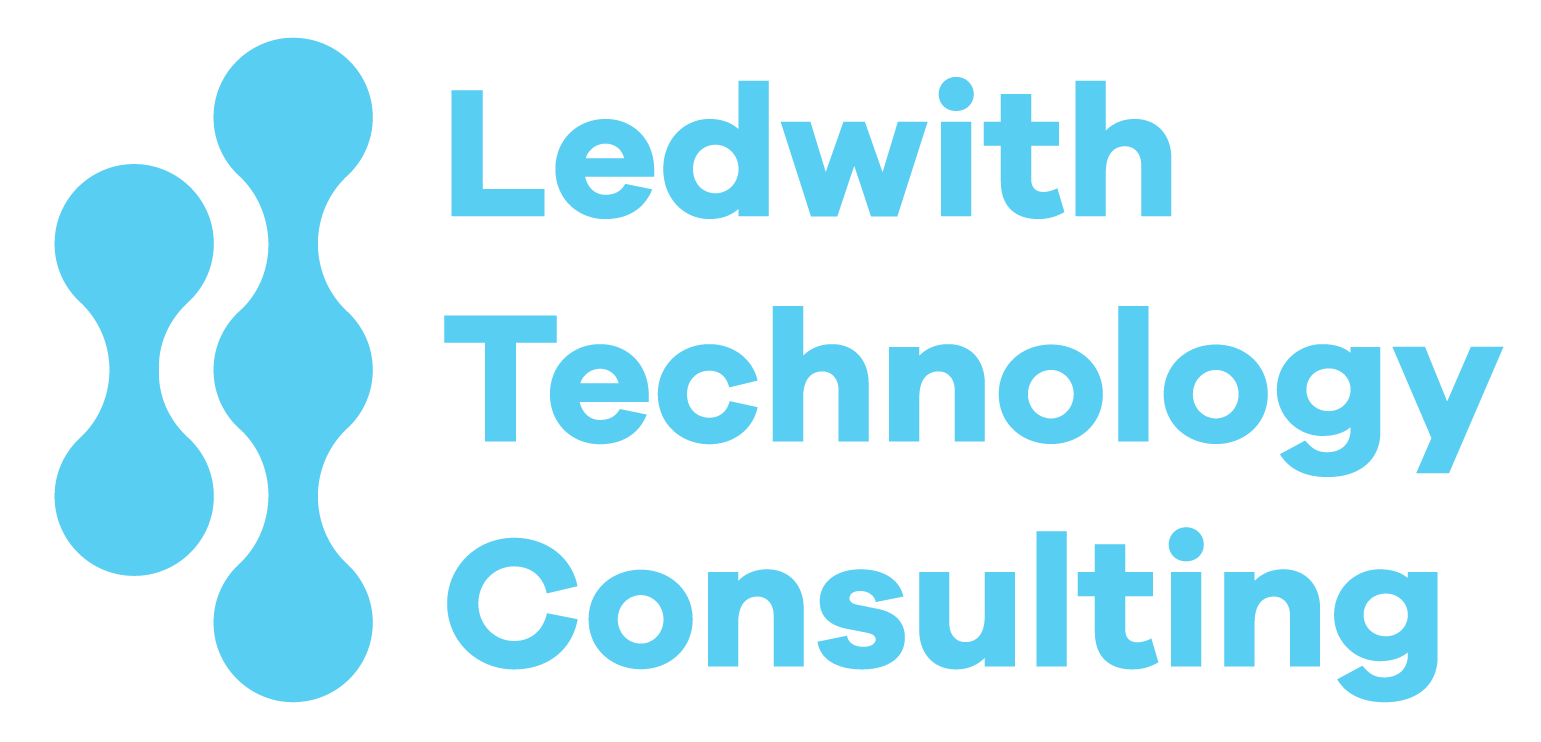By Stephen Ledwith June 4, 2025
NOTE:
We’re coming back to a topic which is near and dear me - Transition from Developer, or individual contributor, into a leader.
Stepping into an executive leadership role from a developer background requires more than technical expertise—it demands a complete shift in mindset, skills, and strategic vision. This article takes a deeper dive into the critical transition from developer to executive, expanding on leadership principles, financial acumen, stakeholder influence, and business strategy. Unlike high-level discussions, this guide provides structured frameworks, real-world examples (including Satya Nadella’s career path), and practical steps to help you navigate the shift. Whether you’re an aspiring leader or already in management, this article equips you with the insights needed to succeed at the executive level.

Many engineers dream of moving into leadership, but the transition isn’t as simple as stepping into a management role. Becoming a tech executive requires a fundamental shift—from problem-solving through code to driving business outcomes.
This article explores the path from developer to executive, the essential skills required, common mistakes, and actionable steps to build a leadership roadmap.

1. The Mindset Shift from Engineer to Strategist
A great developer excels at solving technical problems, but a leader must think beyond the immediate challenge. Leadership requires bigger-picture thinking, strategic decision-making, and cross-functional collaboration.
What Changes in Leadership?
| Skillset | Developer Perspective | Executive Perspective |
|---|---|---|
| Problem-Solving | Fixing code, optimizing queries | Solving business challenges with technology |
| Decision-Making | Technical choices within scope | Strategic decisions impacting business growth |
| Collaboration | Working within the dev team | Engaging stakeholders across departments |
| Success Metrics | Code quality, bug fixes | Business impact, revenue, efficiency |
Case Study: Satya Nadella’s Transformation
 Satya Nadella started as an engineer and climbed the ranks to become CEO of Microsoft. His shift from writing code to shaping Microsoft’s cloud strategy highlights the importance of vision and adaptability.
Satya Nadella started as an engineer and climbed the ranks to become CEO of Microsoft. His shift from writing code to shaping Microsoft’s cloud strategy highlights the importance of vision and adaptability.
Key Lesson: A leader’s role isn’t just about writing great code—it’s about shaping the future of the organization.
2. Essential Leadership Skills for Technology Executives
Moving into leadership requires developing new skills beyond technical expertise. The best tech leaders are those who bridge the gap between engineering and business.
1. Visionary Thinking
Technology leaders must align engineering efforts with business objectives. This means:
- Identifying emerging trends (AI, cloud computing, automation)
- Aligning technology investments with business strategy
- Driving innovation while managing risk
Example: A VP of Engineering at a fintech startup must anticipate how regulatory changes will impact technology choices.
2. Financial Acumen
A tech leader who understands P&L (Profit & Loss), budgeting, and ROI on technology investments becomes invaluable.
Key Financial Metrics to Learn:
- Burn Rate: How fast a company is spending its cash reserves
- Cost of Delay: The impact of postponing feature releases
- Tech Debt Management: Balancing innovation with long-term sustainability
Tip: Partner with finance leaders and learn how technology investments contribute to revenue.
3. People Management
As a leader, you’ll spend more time mentoring, coaching, and fostering a strong engineering culture.
Management Strategies:
- Conduct one-on-one meetings to understand team needs
- Empower engineers to make decisions instead of micromanaging
- Invest in leadership training (books, courses, executive coaching)
4. Cross-Functional Collaboration
The best tech leaders can translate technical decisions into business value.
Example: Instead of saying “We need to refactor our legacy system,” explain “Updating our infrastructure will reduce downtime, improve customer satisfaction, and increase revenue.”
5. Adaptability in a Fast-Changing World
The future of tech leadership is defined by AI-driven decision-making, hybrid work environments, and agile management styles.
Future Trends to Watch:
- AI-powered analytics guiding business decisions
- Remote-first leadership best practices
- Cybersecurity as an executive priority
Expert Insight: “Technology leadership isn’t just about code; it’s about vision and adaptability.” — Satya Nadella, CEO of Microsoft
3. Navigating the Business Side of Tech
Understanding business fundamentals is crucial. Tech executives must think like business leaders to be effective.
1. Understanding Revenue Models
How does your company make money? Tech leaders must:
- Align engineering efforts with business growth strategies
- Identify revenue-generating opportunities in product development
- Optimize costs while maintaining innovation
2. Managing Budgets & Stakeholders
A CTO or VP of Engineering must justify technology investments to executives and board members.
Example: Instead of requesting a budget for “server upgrades,” explain how it improves performance, reduces costs, and enhances customer retention.
3. The Art of Persuasion
Technology leaders must master stakeholder influence. You’ll need to:
- Speak the language of executives (ROI, revenue growth, cost reduction)
- Present data-driven arguments (use metrics, case studies)
- Build relationships across departments (finance, marketing, HR)
Pro Tip: Read “Influence: The Psychology of Persuasion” by Robert Cialdini to sharpen your persuasion skills.
4. Common Mistakes Tech Professionals Make When Moving into Leadership
Many engineers struggle with the transition to leadership. Here are some common pitfalls and how to avoid them.
Mistake 1: Micromanagement
🚨 Problem: Trying to control every technical detail instead of empowering teams.
💡 Solution: Focus on strategy and vision, not daily coding tasks.
Mistake 2: Ignoring Soft Skills
🚨 Problem: Thinking technical excellence is enough.
💡 Solution: Invest in communication, negotiation, and emotional intelligence.
Mistake 3: Lack of Business Acumen
🚨 Problem: Focusing only on technology without understanding financial impact.
💡 Solution: Learn P&L management, budgeting, and stakeholder expectations.
Mistake 4: Not Delegating Effectively
🚨 Problem: Holding onto technical tasks instead of enabling teams.
💡 Solution: Trust your engineers and focus on high-level strategy.
Mistake 5: Failing to Build a Leadership Network
🚨 Problem: Isolating yourself from business leaders.
💡 Solution: Network with executives, attend leadership conferences, and seek mentors.
5. Actionable Steps to Build a Career Roadmap
🚀 How do you get from developer to executive? Follow these steps:
Step 1: Gain Business Exposure
📌 Action: Attend strategy meetings, read business reports, and understand revenue models.
Step 2: Seek Leadership Opportunities
📌 Action: Lead small projects, mentor junior engineers, and take ownership of strategic initiatives.
Step 3: Develop Communication Skills
📌 Action: Practice executive presentations, write thought leadership articles, and engage in public speaking.
Step 4: Study Financials
📌 Action: Learn P&L management, budgeting, and how technology investments impact revenue.
Step 5: Build Executive Presence
📌 Action: Learn to communicate with clarity, confidence, and influence at the executive level.
Final Thoughts: The Future of Tech Leadership
The path from developer to executive isn’t just about technical mastery—it’s about vision, adaptability, and leadership.
✅ Think strategically, not just technically
✅ Develop financial acumen and stakeholder influence
✅ Invest in leadership development and executive presence
By embracing these principles, you can successfully transition into a technology leadership role in 2025 and beyond. 🚀

